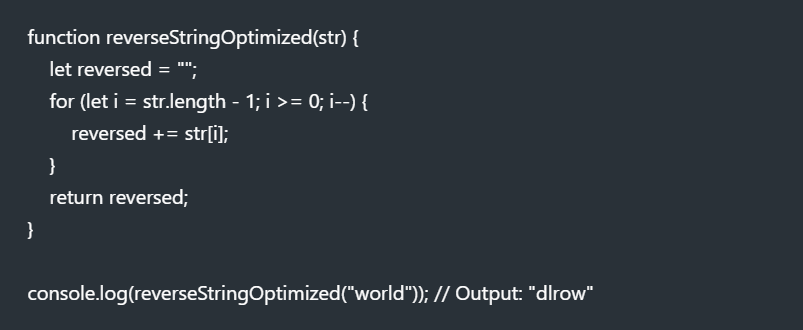In the programming universe, writing code is just the tip of the iceberg. The real adventure lies in cracking problems efficiently. Many newcomers find it tricky to turn their logical thoughts into actual code. Building a solid problem-solving mindset is the secret sauce to becoming a proficient developer. Let’s embark on this journey together, step by step.
Step 1: Grasp the Problem
Before diving into code, take a moment to truly understand the problem at hand.
- Read Carefully: Go through the problem statement with a fine-tooth comb.
- Identify Inputs and Outputs: What are you starting with, and what’s the desired end result?
- Spot Constraints and Edge Cases: Are there any limitations or unusual scenarios to consider?
- Rephrase the Problem: Put the problem in your own words to check your understanding.
Example:- Problem: Reverse a given string.
- Input: “world”
- Output: “dlrow”
As John Dewey wisely said, “A problem well stated is a problem half solved.”
Step 2: Break It Down
Big problems can be overwhelming. Slice them into bite-sized pieces.
- Identify Sub-Tasks: What smaller steps can the problem be divided into?
- Tackle Each Part Separately: Focus on one piece at a time.
- Follow a Step-by-Step Approach: Solve each sub-task in order.
Example Breakdown:
- Convert the string into an array of characters.
- Reverse the array.
- Join the array back into a string.
Step 3: Plan Before You Code
Think before you leap!
- Use Pseudocode: Outline your approach in plain language.
- Choose the Right Tools: Pick data structures and algorithms that fit the problem.
Consider Edge Cases: Think about unusual inputs and how your code will handle them.

Step 4: Code and Test
Now, let’s get our hands dirty.

- Test with Various Inputs: Try different cases to see if your code holds up.
- Debug as Needed: If something’s off, trace back through your logic.
Step 5: Refine and Optimize
Good code works; great code works efficiently.
- Seek Improvements: Is there a faster or simpler way?
- Assess Efficiency: Consider time and space usage.
- Explore Alternative Approaches: Sometimes, a different method can yield better results.
Optimized Example:
For lengthy strings, a loop might be more performance-friendly than built-in methods.

Step 6: Practice Makes Perfect
Like riding a bike, the more you do it, the better you get.
- Engage with Coding Platforms: Websites like LeetCode, CodeWars, and HackerRank offer a plethora of problems to solve.
- Start Simple: Begin with basic problems and gradually tackle more complex ones.
- Learn from Others: Review different solutions to the same problem to gain new perspectives.
Fun Fact: A study highlighted that novice programmers often face high cognitive loads, making problem-solving challenging. Frameworks like PCDIT have been developed to guide beginners from problem specification to implemented solutions.
Conclusion
Developing a problem-solving mindset is the cornerstone of effective programming. By understanding the problem, breaking it down, planning, coding, testing, and refining, you equip yourself to tackle any coding challenge with confidence. Remember, every expert was once a beginner. Keep practicing, stay curious, and enjoy the journey!







